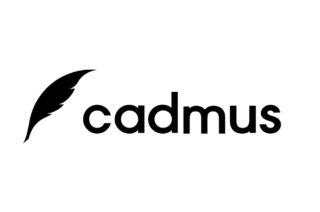Factsheet: How Can I Improve My Student Feedback?

Introduction
“In order to assess the effectiveness and quality of teaching, it is necessary to evaluate the learning experience of students. This can aid in evaluating one’s teaching as well as the experience of those being taught.”
[Paraphrased from a review of Cowan (2013)]
Note that this is not about giving feedback to students. This factsheet is about how to get information from students to help you improve your taught units or your teaching more generally. The students are one of the best sources of information to review your progress as a teacher.
This factsheet is a very brief summary of Cowan, John, and Judith George. A handbook of techniques for formative evaluation: Mapping the students’ learning experience. Routledge, 2013.
What is this? What problems does this solve?
You might use this form of formative evaluation to:
- Reinforce a need for change / amplify a suspicion. By clearly showing an area that is lacking or is a common problem among students, you have a good basis to push forward that need e.g. if you can show that students coming into your unit do not have the prerequisites, then you have shown that something needs to change.
- Discover unperceived needs: When you gain detailed feedback from students you will often learn unexpected things about their assumptions, prior knowledge, motivations, etc.
- Inform debate: If you are to discuss an issue that involves students, gaining unbiased and broad information from them will allow a much more informed debate.
See pages 32-34 of Cowan (2013).
Costs – How long does it take to set up & per semester
It can be as simple as a short survey or quiz to test out some assumptions. These can be very quick in terms of both setup and execution – even if you have not used classroom response systems before. You can also use slips of paper, to be handed in at the end of the lecture.
A slightly more involved exercise might be inviting a small group of students to discuss your unit after a few of the lectures. This might be a general discussion, or you could get one of the students to teach your material back to you to see the points they picked up on and the points they missed.
To gather the opinions of a wider group you can use things like journals, diaries and log books – anything where students write notes showing what they have learnt and ideally reflecting on the learning process itself. The purpose of this activity and its benefits to students needs explaining to them. You can also use group discussion techniques such as the snowball/pyramid technique where students pair up to answer a question, the pair join into groups of 4 and so on until you have collected notes of the entire group.
Pages 17, 20 and 21 of Brennan (2006) list more techniques along with their advantages and disadvantages.
Where can I learn more?
- Cowan, John, and Judith George. A handbook of techniques for formative evaluation: Mapping the students’ learning experience. Routledge, 2013.
- Brennan, John, and Ruth Williams. Collecting and using student feedback: a guide to good practice. Learning and Teaching Support Network, 2006.
Next steps
Talk to the eLearning team or your department Teaching and Learning Enhancement Lead. If you want to try this on your own here are a few simple suggestions:
- Test whether students “get” the basic concepts straight after being taught them by asking concept question in a short MCQ (see the example here Derek Muller – TEDx).
- Hand out a small piece of paper to each student at the start of a lecture. Ask them to write on one side the part of the lecture they found most confusing and on the other side anything that they want you to do more or less of in your lectures.
Benefits – Who benefits? How much? Why is it good?
“When schools create a culture of feedback, they “send a strong signal to students that they care about their point of view, while also creating opportunities to model how to productively receive and respond to feedback.”
Harvard – making student feedback work
Things to look out for (caveats & warnings)
Students can become overwhelmed and bored by endless surveys unless they see them as a key part in their own learning experience. You should be selective in what you get your students to do in the name of evaluating your courses. Think carefully about what you are trying to learn.


